“Bad, Black and Bountiful: The Museum Of UnCut Funk Looks Back at the Blaxploitation Film Genre”. At one time the images were omnipresent: on TV, in movies, on billboards and in magazines. Young African-American men and women in anti establishment starring film roles, wearing bell-bottoms, platforms and Afro hairstyles, and determined to get even—or “get over.” The time was the early 1970s, and the film genre was Blaxploitation—action oriented pictures that, for the most part, told stories culled from America’s crime-ridden inner-cities.
On the eve of the release of Eureka Video’s “Blacula: The Complete Collection” (a Blu-ray DVD combo pack) author and film historian Josiah Howard (Blaxploitation Cinema: The Essential Reference Guide) talks to the Museum Of UnCut Funk about one of Hollywood’s most bombastic, visual and memorable motion picture movements.
MOUF: How did the Blaxploitation film genre begin?
JH: The genre was kicked off in 1970 with the all-black multi-cast comedy Cotton Comes To Harlem. When that became an out-of-left-field blockbuster hit, many, many other black-cast films followed. The idea—or at least Hollywood’s new understanding, was that there was a ripe, willing and ready-to-pay African-American ticket buying audience that needed to be mined.
MOUF:: How did you become interested in the films?
JH: I came of age in the 1970’s and, to me, the films represented an escape. I used to stand outside of my local movie theater and stare at the colorful posters. I wanted to be in those pictures, in those movies, in that exciting fantasy world.
MOUF: What discoveries did you make in writing the book?
JH: Many. Being a fan, I thought I knew a lot about the genre: I was wrong. I thought there were maybe 50 films:. there are more than 200—and the larger part of them were released within a five year period! The research and the interviews I conducted with directors and actors brought home to me just how expansive, financially advantage (to Hollywood) and influential these films were. More than passing entertainments, these pictures were a captured-on-film documentation of the changing representation of African Americans in cinema.
MOUF: Eureka’s new combo pack includes both Blacula and the sequel Scream Blacula Scream. Which of the two is your favorite?
JH: Blacula is the better film: for two reasons. It’s the first time American audiences—and the world really, was introduced to a black vampire character. Consequently it has the feeling of something new, uncharted and formerly unconsidered. It’s a case of audiences thinking “oh, of course. All these classic horror films never included African-Americans.” The second is that, even though William Marshall takes his vampire role very seriously, the film, itself, isn’t really very serious—how could it be with a title like Blacula! It’s fun. Costume heavy, filled with jive talk and silly situations, and supported by both a catchy Gene Paige soundtrack album and an on-screen nightclub performance by the popular soul group The Hues Corporation.
MOUF: Speaking of African Americans in horror films; are there many other horror films that star African American actors?
JH: Absolutely. Once the idea was out there, the horror films came in a flood. Some of them have fun and obvious titles like Blackenstein and Dr. Black. Mr. Hyde, but there are many others including the genuinely unsettling Cannes Film Festival favorite Ganja and Hess, and the absurd Exorcist rip-off Abby—the tagline for that one was “Abby doesn’t need a man anymore… the devil is her lover now!”
MOUF: Why did the cycle of Blaxploitation films come to an end?
JH: Frankly speaking, like everything else, there were sharks in the water: filmmakers, both black and white, whose only interest was making a dollar. The pictures started to all look and sound (more than 40 of the films have the word “Black” in them) the same. They were interchangeable. Audiences stopped believing that when they went to a theater and spent their hard earned money, they would see something different.
MOUF: For the uninitiated, what are five “must see” Blaxploitation films?
JH: Coffy is first on the list: it’s the whole Blaxploitation experience; fast cars, sex, profanity, nudity, crazy clothes, great music—but told from an engaging female perspective. The film made Pam Grier a star. Super Fly is also required viewing both for its stellar Curtis Mayfield soundtrack and for the Oscar grade performances. Star Ron O’Neal’s also set trends. His (relaxed) hairstyle and maxi coat were copied by everyone—even Denzel Washington has admitted that, in the seventies, after he saw the film, he ran out and bought a maxi coat! The comedy Amazing Grace is special. It stars Moms Mabley as an elderly political activist. Mabley was a raunchy-mouthed vaudeville star and she brings her humor—much watered down for this pointedly PG Rated family-friendly picture, to the big screen. She’s wonderful; distinctly ethnic, bawdy and brash, bittersweet. (She died three months after she completed filming.) Blacula is essential because it’s the first time horror film fans senses are challenged: black faces interpreting classic white horror tales. Actor William Marshall is superior as Blacula, and even though he came to the film with a long list of performance credits, this is the role that he is most remembered for. Rounding out my top five would be a little-known favorite called The Guy From Harlem. It’s simply awful—and it doesn’t mean to be. It’s the story of a New York City cop who moves to Miami and encounters “intrigue” and “suspense.” Worth a look for its all-encompassing, unabashed incompetence—fumbled lines, boom mikes in the camera frame, atrocious line readings.It’s Blaxploitation’s Plan Nine From Outer Space! Josiah Howard speaks internationally on the Blaxploitation film genre and is the author of the current best-selling celebrity biography “Cher: Strong Enough” (Plexus).
Josiah Howard
Born in New York City and raised in the Central New Jersey towns of Plainfield, Piscataway and Dunellen, Josiah Howard was an energetic child of the “three network” seventies: fascinated with the decade’s most popular singers, actors, TV shows and movies.
A graduate of New York University, Howard’s writing and research career began at The Village Voice where he spent a year assisting esteemed film and media critic Andrew (Politics and Cinema) Sarris. Following his tenure at The Voice Howard moved to Parade, America’s most widely-read news-magazine. At Parade he spent two years as photo researcher providing the imagery that accompanied articles, columns and cover stories that ran the gamut of celebrities, politicians, sports figures and religious leaders.
Mr. Howard’s first book, Donna Summer: Her Life and Music, offered readers an unfiltered behind-the-scenes look at the late singer/songwriter and five time Grammy winner Donna Summer. DiscoMusic.com called the book “… a don’t miss page turner that contains information that even die-hard Donna fans will find fascinating.” While CD Review exclaimed “Who knew Donna’s story was so varied and special… Howard has uncovered a wealth of information on America’s undisputed ‘Queen of Disco’.” In 2013, Howard was featured extensively in the critically-acclaimed European documentary film “Donna Summer: Hot Stuff.”
Mr. Howard’s second book, Blaxploitation Cinema: The Essential Reference Guide (now in its fourth printing) provided readers with a broad and sweeping overview of America’s one and only African-American motion picture boom. Film Review cited the book as “…a mine of superbly collated information… a treasure trove on an under-examined film genre,” while American Library Journal observed “… truth in advertising; an essential addition to your film book library.”
Following the publication of Blaxpoitation Films, Mr. Howard became a coveted guest speaker on the genre presenting his lectures, Power Points and dissertations everywhere from the Shomburg Center for African American Studies in New York City to the month-long Tela-Negra film festival in Sao Paulo and Rio de Janeiro, Brazil. (Slate magazine called Blaxploitation Cinema one of the “100 Best Film Books of All Time.”)
Famous People Eat Too!, Mr. Howard’s third book, was a breezy collection of first-hand celebrity stories culled from his experience as a part-time food server in one of New York City’s trendiest restaurants. Startiger.com called the book “… a delicious meal packed with some sweet and not so sweet dish… ” while celebrity blogger Perez Hilton exclaimed “… I always knew Jerry Seinfeld was a bitch!”
For more information on Josiah Howard please visit his site at http://josiahhoward.com/Home.html

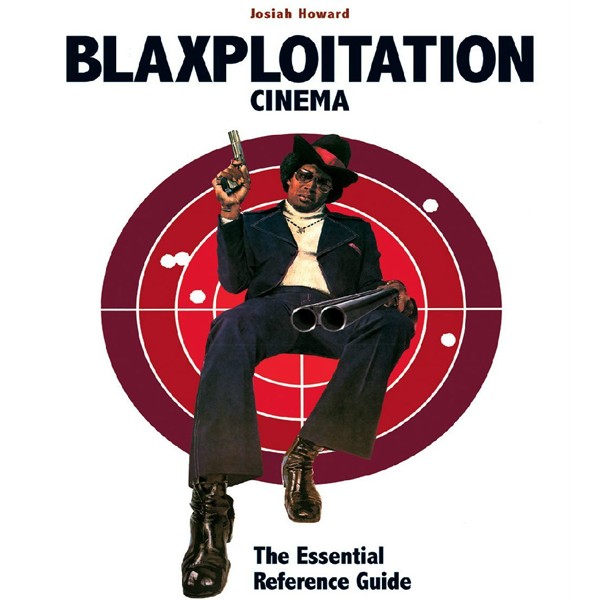
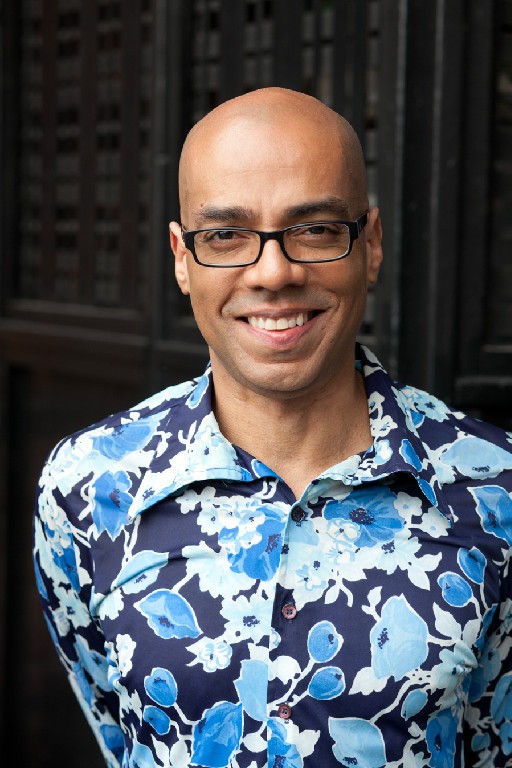
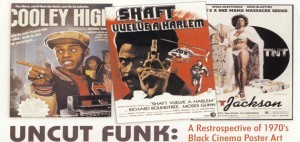
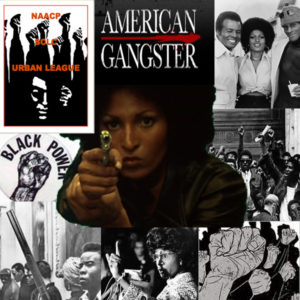
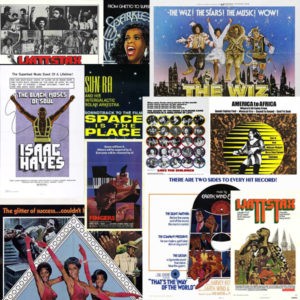

1 Comment
Wow nice site, article everything! I was never a fan of Blaxpoitation, but you’ve given reason to reconsider. Thanks for meaningfully contributing to the web experience!